Once upon a time, these hairstyles ruled the fashion world. Today, however, they are more likely to evoke a cringe than admiration. From rainbow-colored streaks to the infamous bowl cut, these styles remind us of bold choices that defined eras but now seem a bit awkward. Let’s take a journey through the vault of once-trendy hairstyles that have since lost their luster.
The Mullet

The mullet, once the epitome of cool, has become an emblem of outdated fashion. With its “business in the front, party in the back” style, it was popular among rock stars and athletes. Nowadays, it’s often seen as a humorous throwback to the 1980s.
This hairstyle is characterized by short hair on the top and sides and long locks at the back. It was a symbol of rebellion and individuality. Despite occasional attempts at revival, the mullet remains a punchline more than a trendsetter, leaving many wondering, “What were we thinking?”.
Frosted Tips
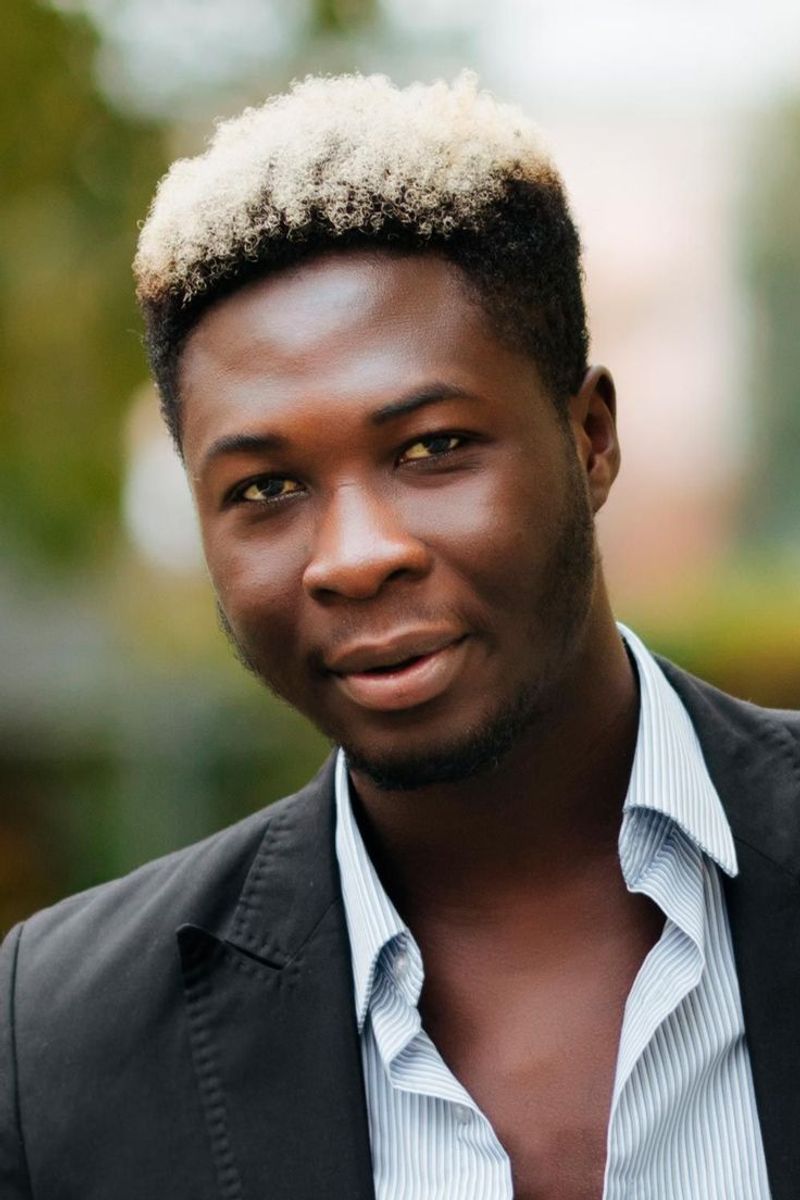
Frosted tips were all the rage in the late 1990s and early 2000s, thanks to boy bands and pop icons. The style involved bleaching the tips of spiked-up hair, giving a sun-kissed appearance.
Though it added flair and brightness to the hair, today, it feels more like a relic of a bygone era.
This look was often paired with gel for that crunchy texture. Fans of this trend have moved on, leaving frosted tips as a memory of youthful experimentation and boy band mania.
Bowl Cut
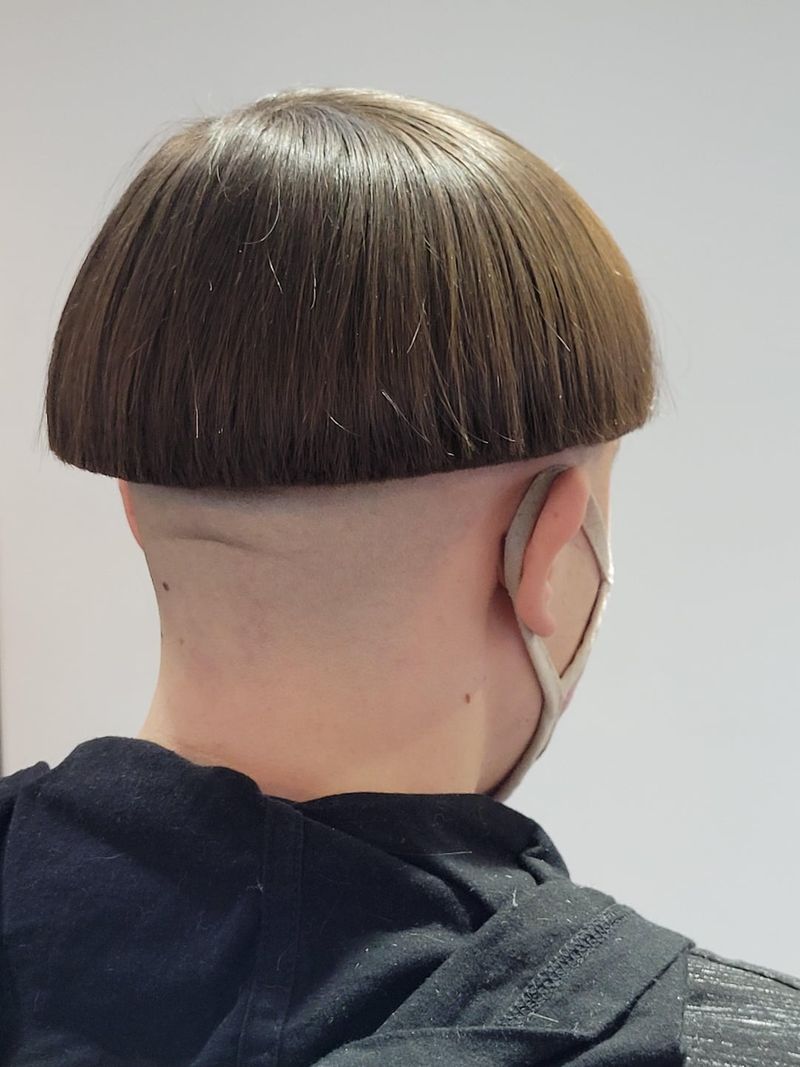
The bowl cut is a childhood hairstyle many wish they could forget. Popular in the 1980s and 90s, it involved placing a bowl on the head and cutting the hair straight around it.
While it was easy to maintain and cut, the look often resulted in a rather unflattering helmet-like appearance.
Parents loved it for its simplicity, but as style evolved, the bowl cut became a symbol of awkward childhood photos and fashion missteps. It’s a classic example of practicality over style.
Rat Tail
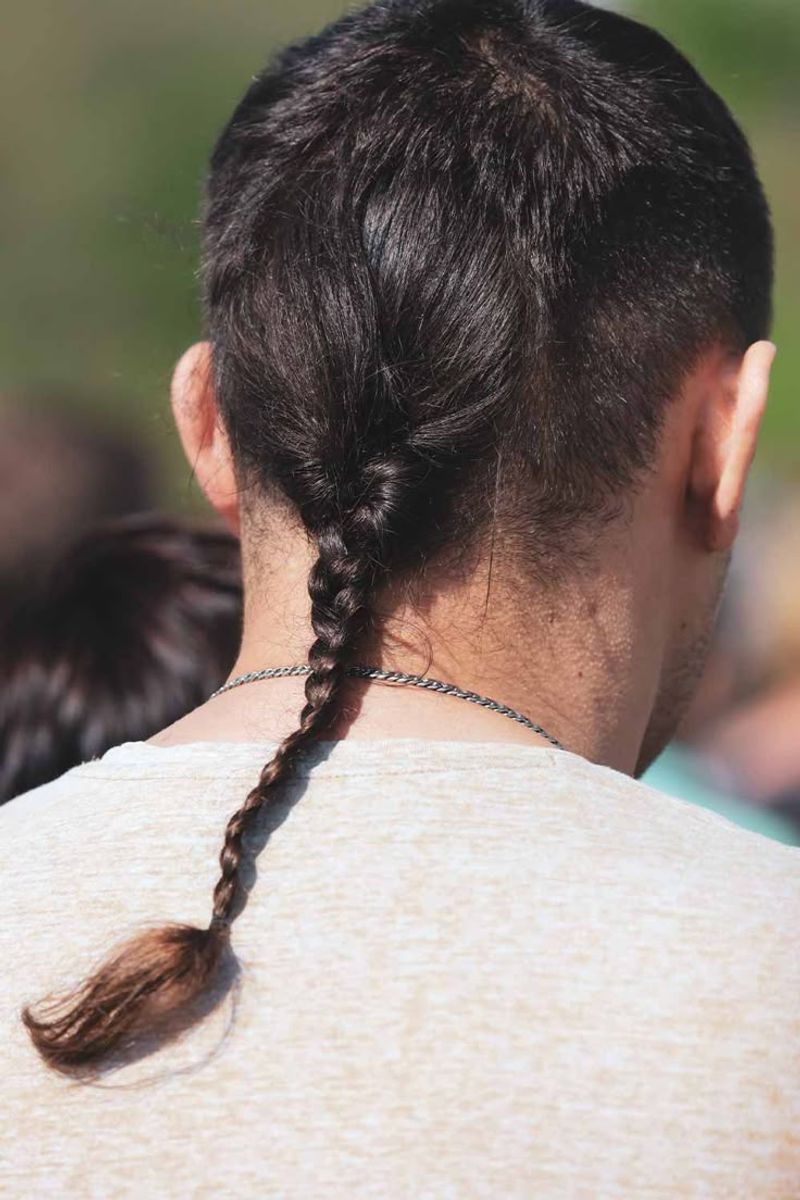
The rat tail hairstyle was a curious trend from the 1980s and into the early 1990s. It featured a long, thin section of hair at the nape of the neck, while the rest of the hair was cut short.
This style was often seen on children and teens, aiming to make a rebellious statement.
Although it had its moment in the spotlight, the rat tail is now largely viewed as an oddity. It’s one of those trends that leaves us scratching our heads, wondering how it ever caught on in the first place.
Liberty Spikes
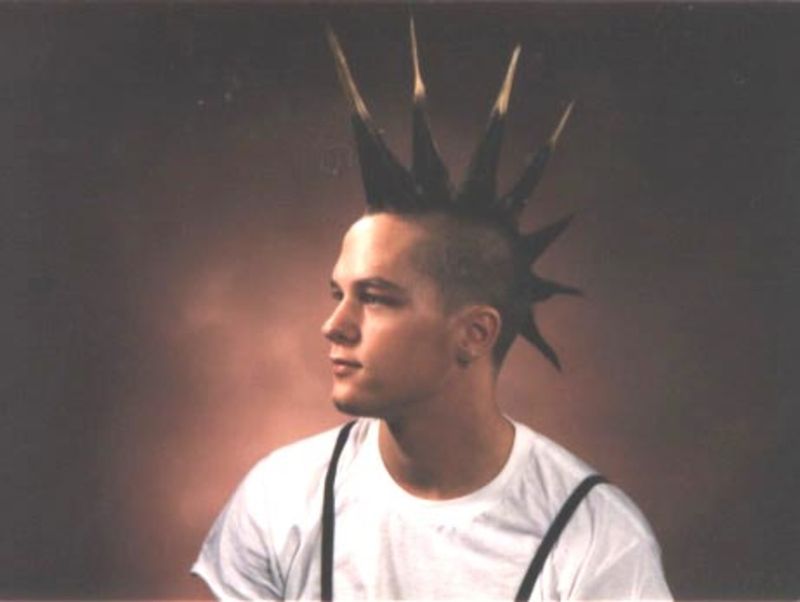
Liberty spikes turned heads with their bold, defiant style. Popular among punk rockers, this hairstyle involved sculpting hair into stiff spikes using plenty of gel or hairspray.
The dramatic spikes stood upright, resembling the Statue of Liberty’s crown, hence the name. Although eye-catching and rebellious, the look required excessive maintenance and commitment. Today, it’s a nod to the punk era and its audacious fashion, though it’s no longer a common sight in everyday settings, reminding us of wilder, more carefree days.
The Rachel

“The Rachel,” inspired by Jennifer Aniston’s character on “Friends,” swept through the 1990s as a must-have style. Featuring voluminous layers and face-framing highlights, it seemed universally flattering.
However, as trends changed, its distinct shape became less appealing. Maintaining this precise cut was a challenge, with many attempting to replicate its salon-perfect look.
While “The Rachel” was a defining style of its time, it now serves as a nostalgic reminder of the 90s TV craze, prompting a mix of fondness and embarrassment.
Feathered Hair
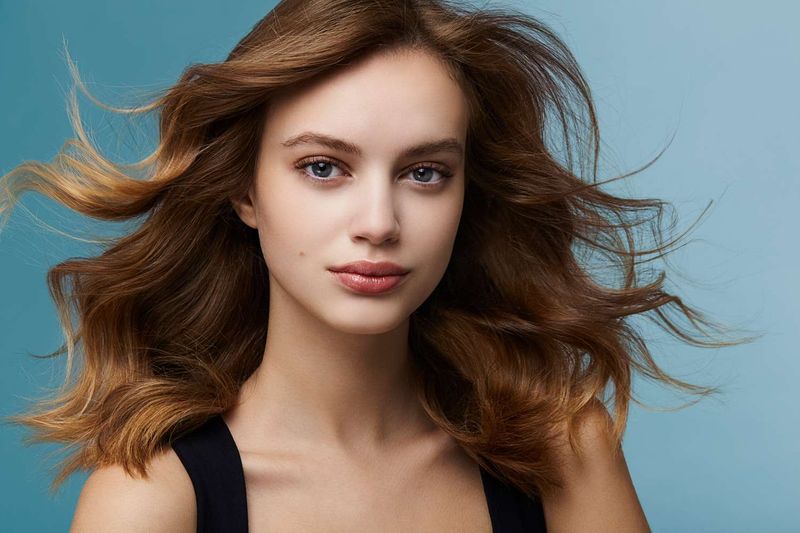
Feathered hair soared in the 1970s and 1980s, epitomized by celebrities with luscious, fluffy locks. Achieving this look meant using layers to create a feather-like appearance that seemed to float.
With its soft texture and added volume, feathered hair was the pinnacle of glam. However, the style required constant upkeep to maintain its bounce and shape.
Today, it evokes a sense of dated glamour, reminding us of fashion that’s more disco than modern chic. Despite its past allure, feathered hair is rarely seen outside of retro-themed events.
Perms
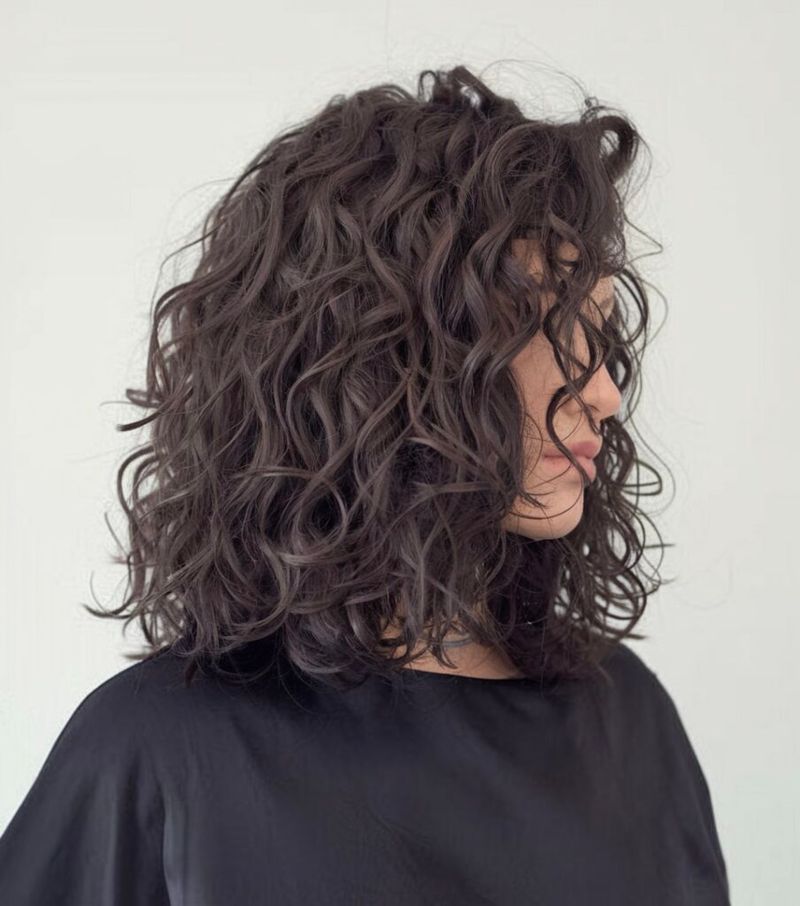
Perms were a staple of 1980s hair fashion, giving straight hair permanent curls or waves. The process involved chemicals that restructured hair fibers, resulting in voluminous curls.
Though perms added body and texture, the outcome varied, often leading to frizzy, unmanageable hair. The style was high-maintenance, demanding regular touch-ups.
What was once a fashionable choice now seems excessive, and the word “perm” often brings to mind poodle-like curls rather than elegance. Today, softer, more natural-looking curls have taken its place in hair trends.
Crimped Hair
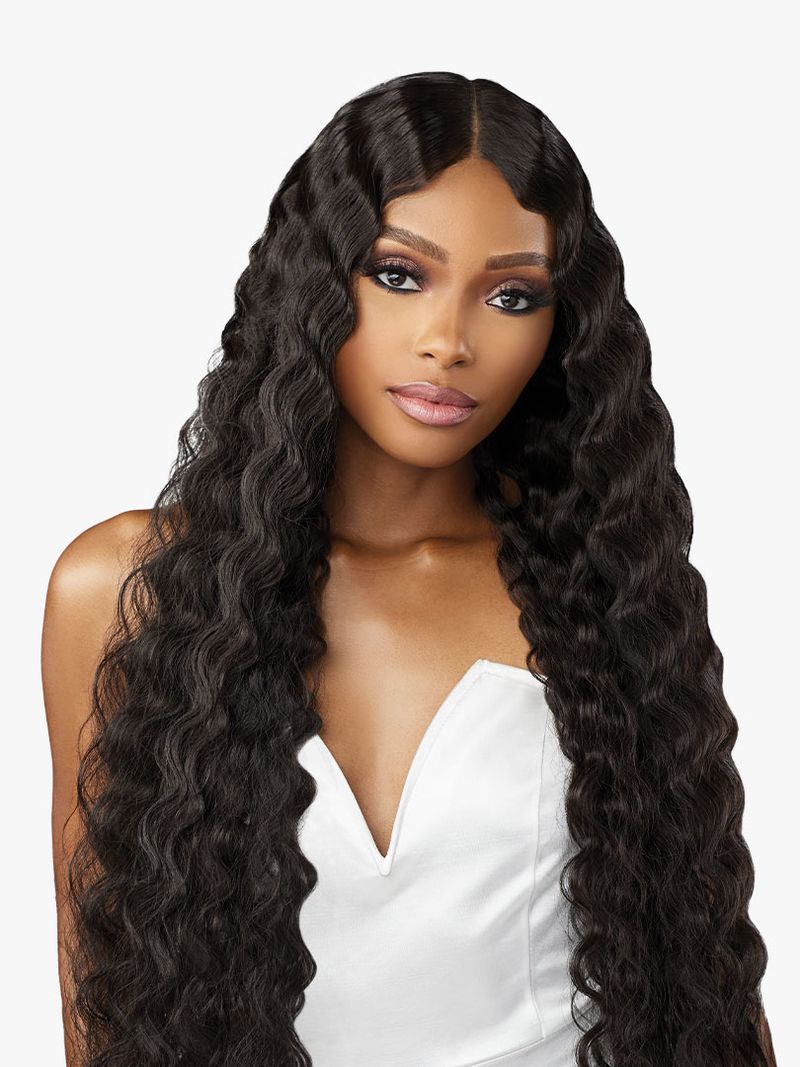
Crimped hair became a fun and playful trend in the late 1980s and 1990s, offering a zigzag texture that was hard to ignore. Achieved using a crimping iron, it added flair and volume.
Despite its quirky charm, the style often resulted in dry and damaged hair due to the intense heat.
As fashion shifted towards sleek and smooth styles, crimped hair fell out of favor. It now stands as a vivid reminder of experimental teenage years and bold fashion choices that were more about self-expression than lasting style.
Spiky Bangs
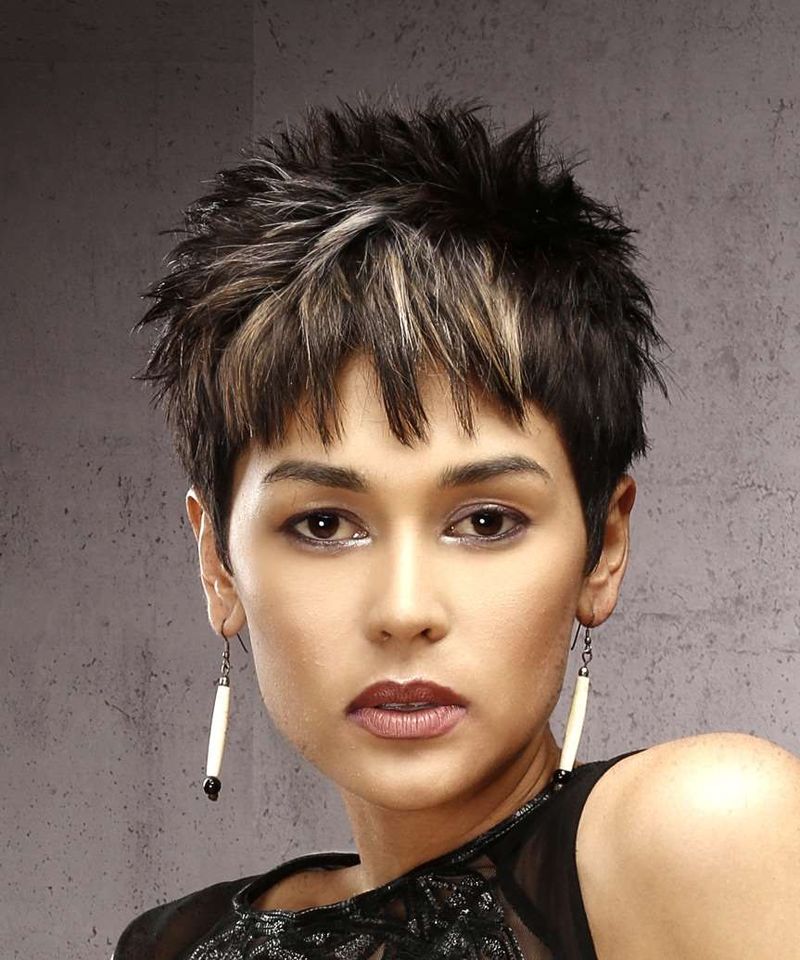
Spiky bangs had a brief moment of glory in the early 2000s, adding an edgy twist to hairstyles. The bangs were styled upwards using gel, creating a spiky effect that contrasted with the rest of the hair.
While the look was distinctive and daring, it required daily styling and a fair amount of gel to maintain.
This trend was largely driven by pop culture icons of the time. Now, spiky bangs are often met with a smirk, viewed as a quirky fashion experiment rather than a timeless look.
Mohawk
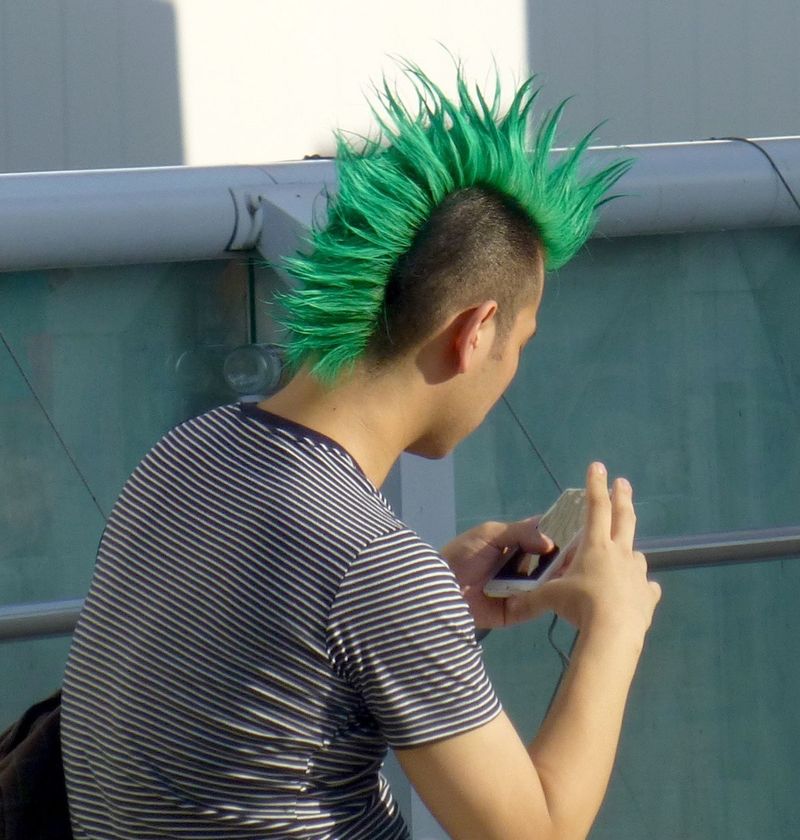
The Mohawk is a bold hairstyle that rose from punk rock culture. It features shaved sides with a strip of longer hair in the middle, often styled to stand upright.
This look represented rebellion and nonconformity, frequently dyed in vibrant colors.
While it made a strong statement, the Mohawk demanded dedication in styling and upkeep. Today, it’s emblematic of a past era of punk rebellion and individuality, serving as a bold but often impractical choice in everyday life, reminding us of youthful defiance.
Beehive
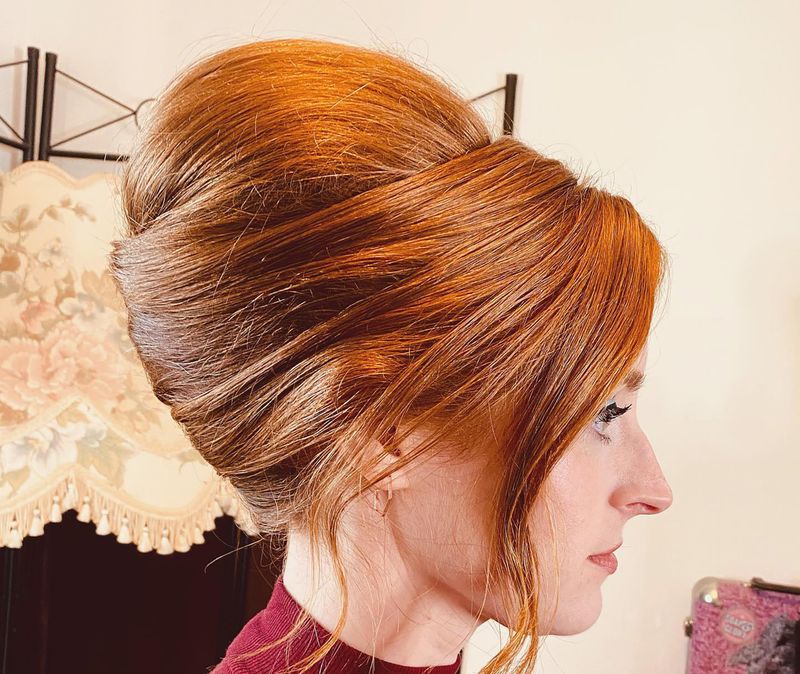
The beehive, with its towering height and rounded shape, was a hallmark of 1960s fashion. This elaborate style required teasing and hairspray to achieve its height and structure.
While it was a symbol of elegance and sophistication, creating a beehive was time-consuming and needed steady maintenance.
Although it exuded glamour at the time, the beehive is now rarely seen outside of themed events or retro revivals. It stands as an iconic yet impractical reminder of a decade known for its bold fashion statements.
Afro
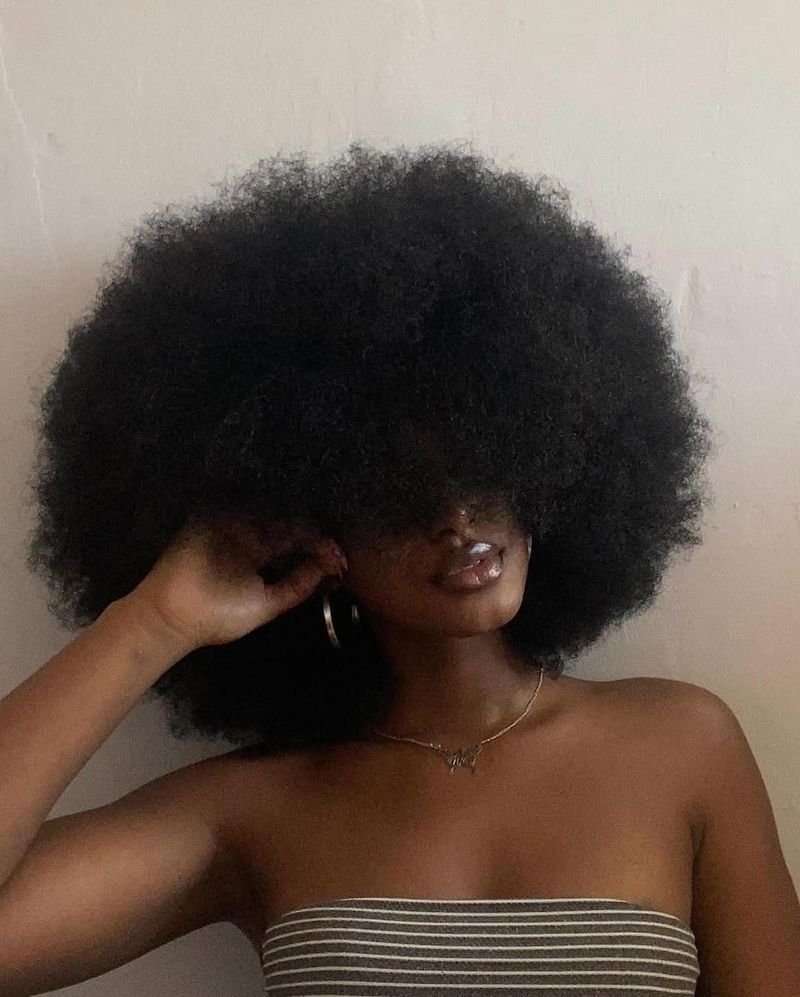
The afro was more than just a hairstyle; it was a movement. Gaining popularity in the 1960s and 70s, it became a symbol of African-American pride and cultural identity.
With its naturally curly, voluminous shape, it stood out and made a powerful statement. While it still holds cultural significance, the style has evolved.
Today, afros are often seen in more modern, varied forms, reflecting personal style and preference. Despite this, the classic afro remains an iconic representation of a significant cultural era, remembered fondly yet differently worn.
Victory Rolls
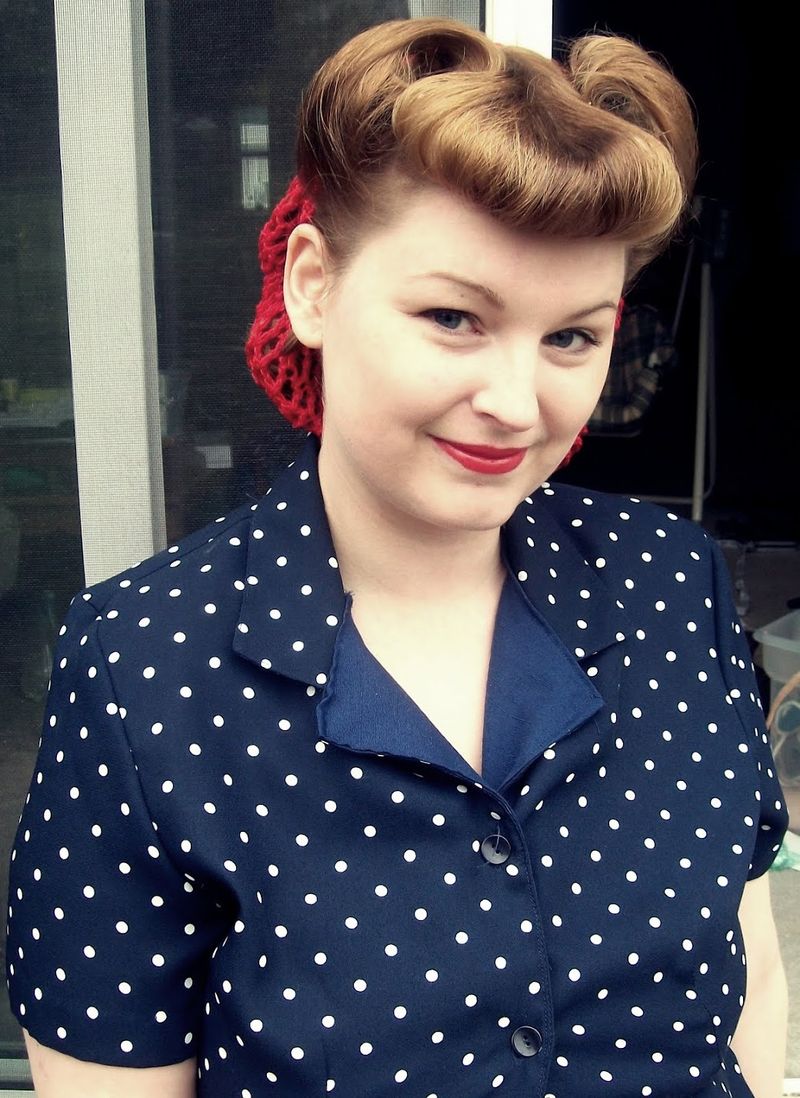
Victory rolls were a popular hairstyle during the 1940s, symbolizing femininity and wartime patriotism. The style involved rolling sections of hair towards the scalp, creating voluminous loops.
This look required skill and patience to perfect, often paired with bright red lipstick for a classic, glamorous finish.
While beautiful, the intricate styling process meant it was not for everyday wear. Today, victory rolls are celebrated in retro fashion circles but are less practical for daily routines, a testament to the elegance and craftsmanship of past beauty standards.
Jheri Curl

The Jheri curl gained popularity in the 1980s, known for its glossy, springy curls. This look was achieved using a chemical treatment that allowed black hair to curl loosely.
Although it provided a distinct, shiny appearance, maintaining the style required regular application of activator and moisturizer, often resulting in greasy clothes and furniture.
The Jheri curl, synonymous with the decade’s fashion, is now often viewed with humor. While no longer a staple, it offers a nostalgic nod to 80s pop culture, including music and movies that defined an era.
Ducktail
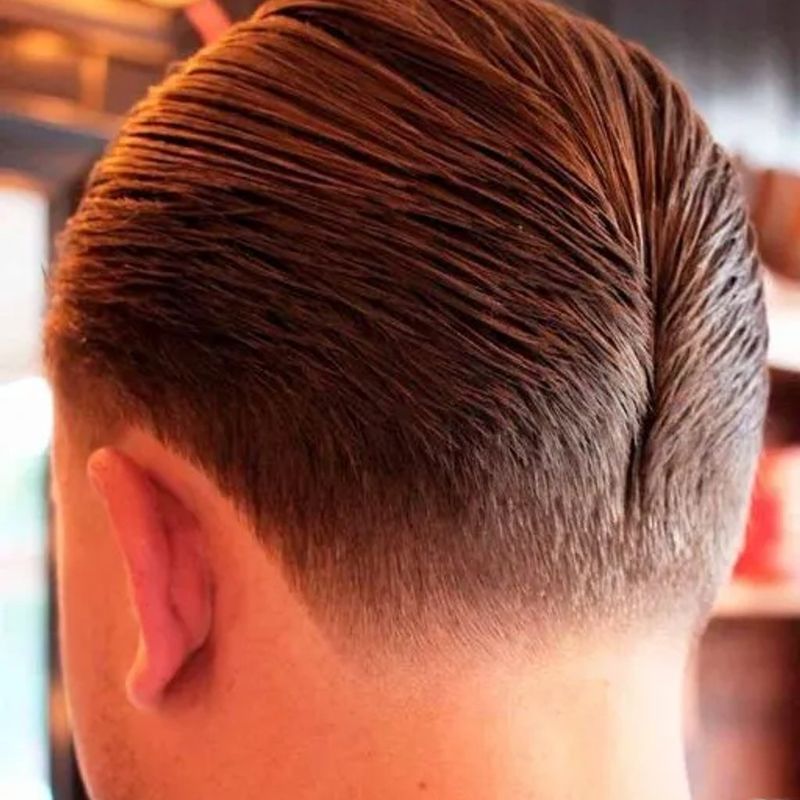
The ducktail, or “DA” (duck’s ass), was a staple of 1950s rock ‘n’ roll culture. This slicked-back look involved combing the sides of the hair back to meet in the middle, creating a “V” shape.
Popularized by icons like Elvis Presley, it required pomade for shine and hold.
While it oozed coolness back in the day, the ducktail’s heavily styled appearance feels excessive by today’s standards. It’s emblematic of a bygone era when style was as much about rebellion as aesthetics. Now, it’s often reenacted in nostalgic throwbacks.
Hime Cut
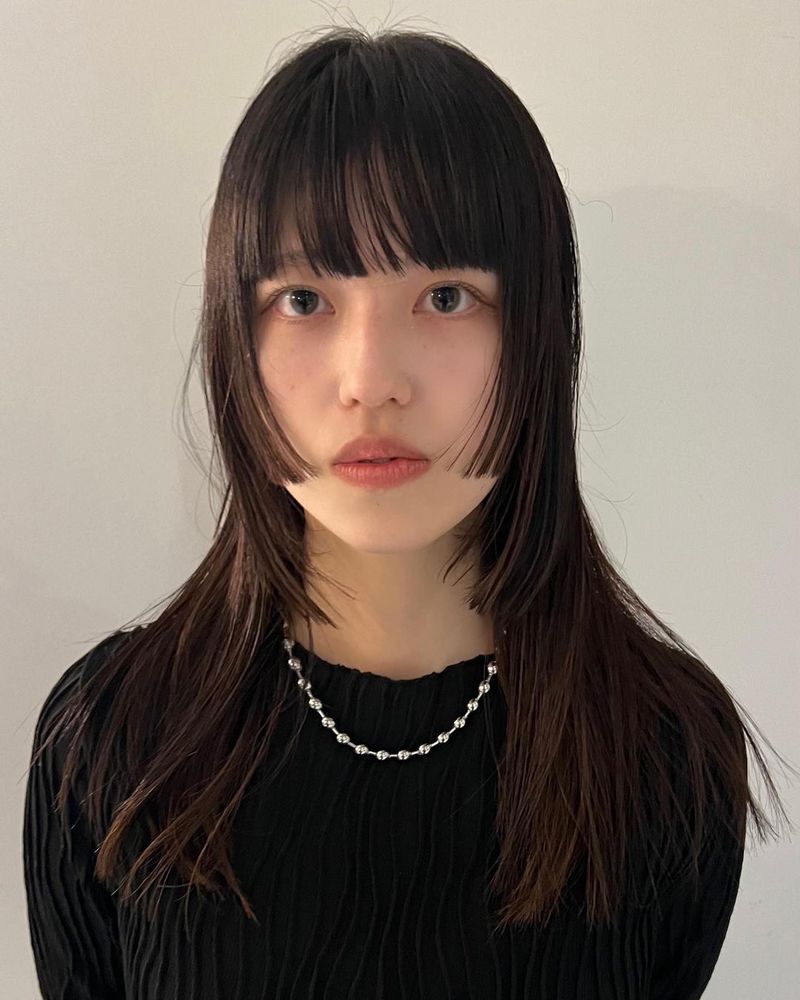
The hime cut, originating from Japanese aristocracy, features straight bangs and long sidelocks that frame the face, while the rest of the hair remains long.
This style was seen as elegant and regal, gaining popularity in various subcultures. Although it retains its charm, the hime cut requires regular maintenance to keep its precise lines.
While it inspires modern interpretations, the classical version is less common. It stands as a cultural expression that’s admired yet sparingly worn in its traditional form, bridging the gap between historical elegance and contemporary fashion.
Cornrows
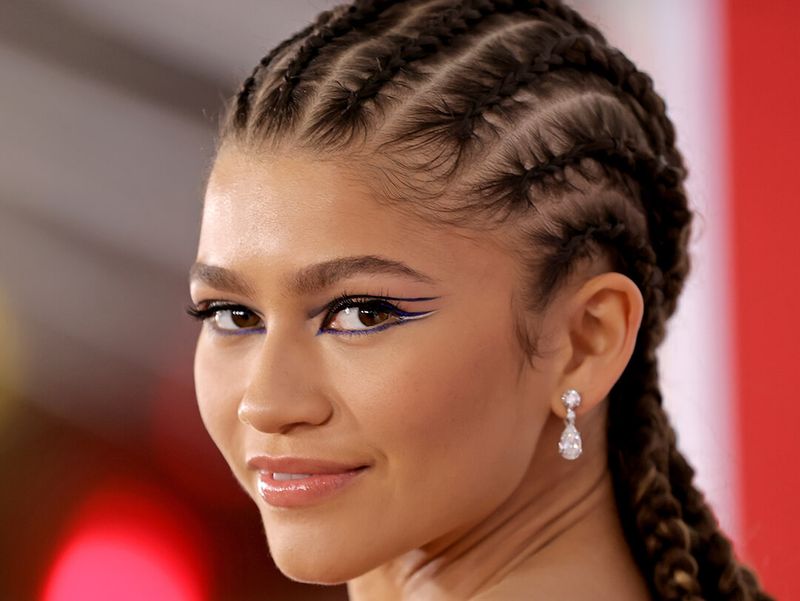
Cornrows have deep cultural roots, historically worn by African communities for centuries. This intricate style involves braiding hair close to the scalp in neat, geometric patterns.
While cornrows are still popular today, they can sometimes be seen as outdated if not styled with modern touches. The style requires time and skill to braid, making it a commitment.
Despite occasional controversy over cultural appropriation, cornrows continue to be a symbol of cultural identity and pride, evolving with each new generation while maintaining their traditional charm.
Shag

The shag haircut, with its choppy layers and textured finish, was a hit in the 1970s. This unisex style added volume and movement, offering a carefree and slightly rebellious vibe.
While the shag was easy to style, its messy appearance could be polarizing. Today, it’s often viewed as a relic of disco days, though it occasionally resurfaces with modern adaptations.
The classic shag reminds us of a time when fashion was as much about expression as it was about comfort, striking a balance between structured and free-spirited.
Flat Top
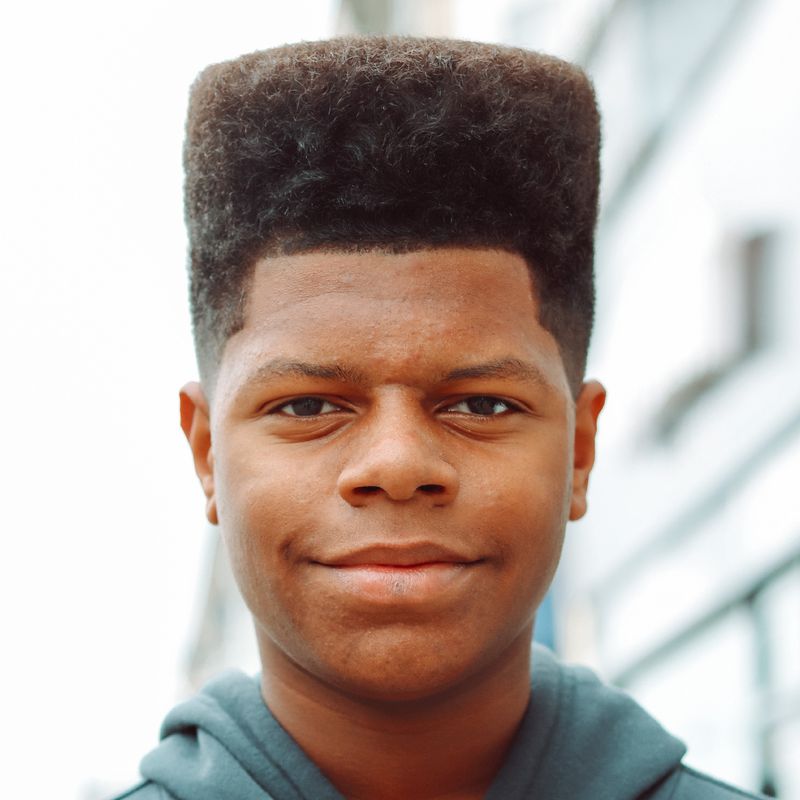
The flat top is a distinctive hairstyle that gained popularity in the 1980s and early 90s. Characterized by its squared-off top and short sides, it was often worn by men with naturally curly hair.
Achieving the perfect flat surface required skill and precision. While it was a favorite among athletes and hip-hop artists, the flat top’s geometric shape feels less relevant today.
It’s a bold look that encapsulated the spirit of its era, where fashion was driven by bold lines and daring statements, now a fun reminder of past trends.
Pageboy
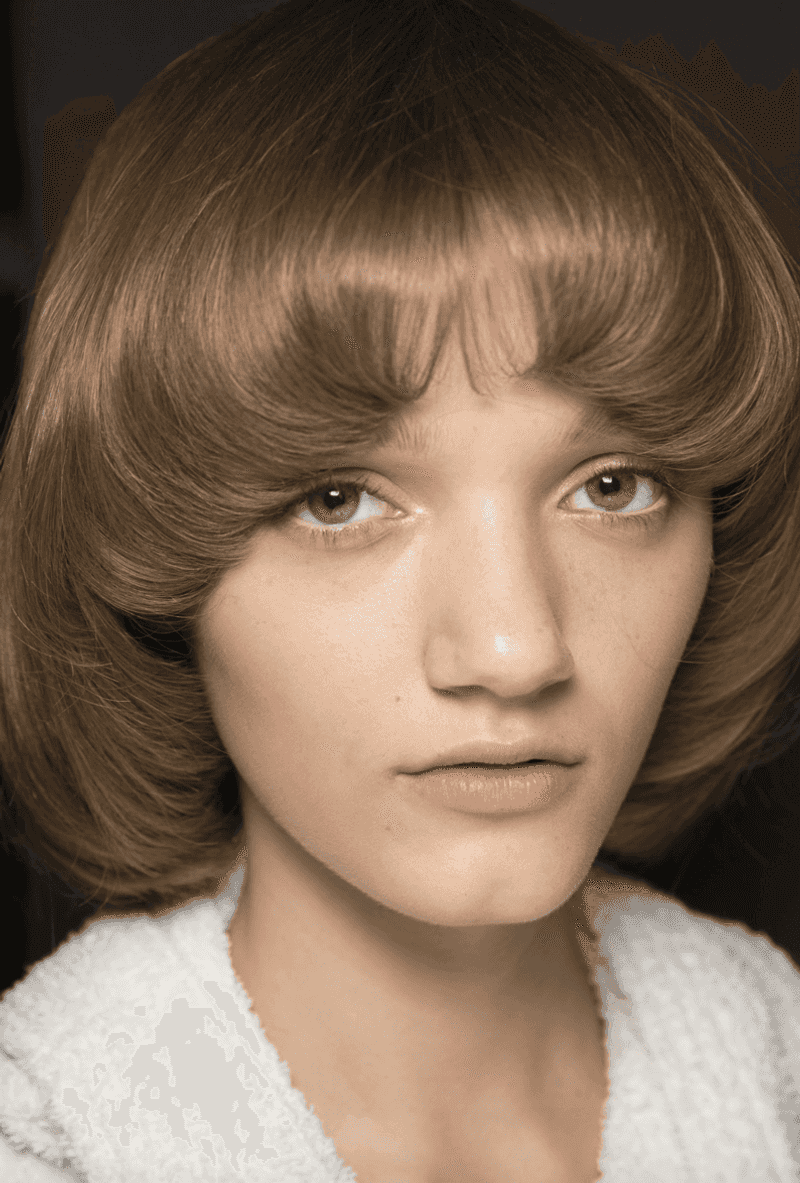
The pageboy cut, popular in the 1960s, featured straight hair ending in a blunt cut at the jawline with bangs. It was neat and tidy, but also very rigid and often unflattering. Many found it gave them a helmet-like appearance that was hard to style differently.
While it was embraced for its simplicity and ease of maintenance, the pageboy was limited in versatility.
The straight edges and structured form meant personalizing this cut was challenging.
Those yearning for a similar style today might try a more textured bob or layered cut, offering movement and a modern twist.
